Wicker weaving is an ancient craft, with woven items discovered in the ancient Egyptian tombs of Pharaohs. Early forms of the craft were baskets and later the ancient Romans were inspired by the Egyptian woven furniture and took it on as their own. As trade routes opened to Asia, the history of rattan in the West fast-tracked as it was discovered to be a wonderfully strong material to work with.

While wicker refers to the craft of weaving, rattan is the weaving material. While not always, this material is rattan because it’s strong, flexible and durable. Rattan is the core of the reed, while the outer is actually cane, another popular material.
Rattan is a beautiful product which is grown in the tropical regions of Africa and Asia, with the majority coming from the forests of Indonesia. It’s an important part of many communities, providing them with a livelihood. It grows faster than timber and is easily harvested and transported, making it an attractive material.
Despite some common characteristics, there is a great degree of variety in terms of form and growth, resulting in roughly 600 different species of rattan. Although the majority of species currently identified are of Asian origin, 20 of them are endemic in Africa. The diameter of the stems varies between 3 mm to more than 20 cm, and the length ranges from a few metres to more than 200 m.
In general, rattan can be divided into two main groups, based on how it is used and the diameter of the cane. Rattan can be grown and harvested in a sustainable manner due to its rapid growth and its ability to adapt to a very wide variety of ecological conditions. In addition, its use in furniture production provides an alternative to timber logging and thereby contributes to the protection of forest resources Moving to more contemporary times, rattan has graced our homes in waves of popularity, notably in Victorian times, the 60’s and 70’s and again now. From furniture through to accessories and lighting, rattan and wicker crafts are appreciated for its exotic aesthetic, strength and warmth.

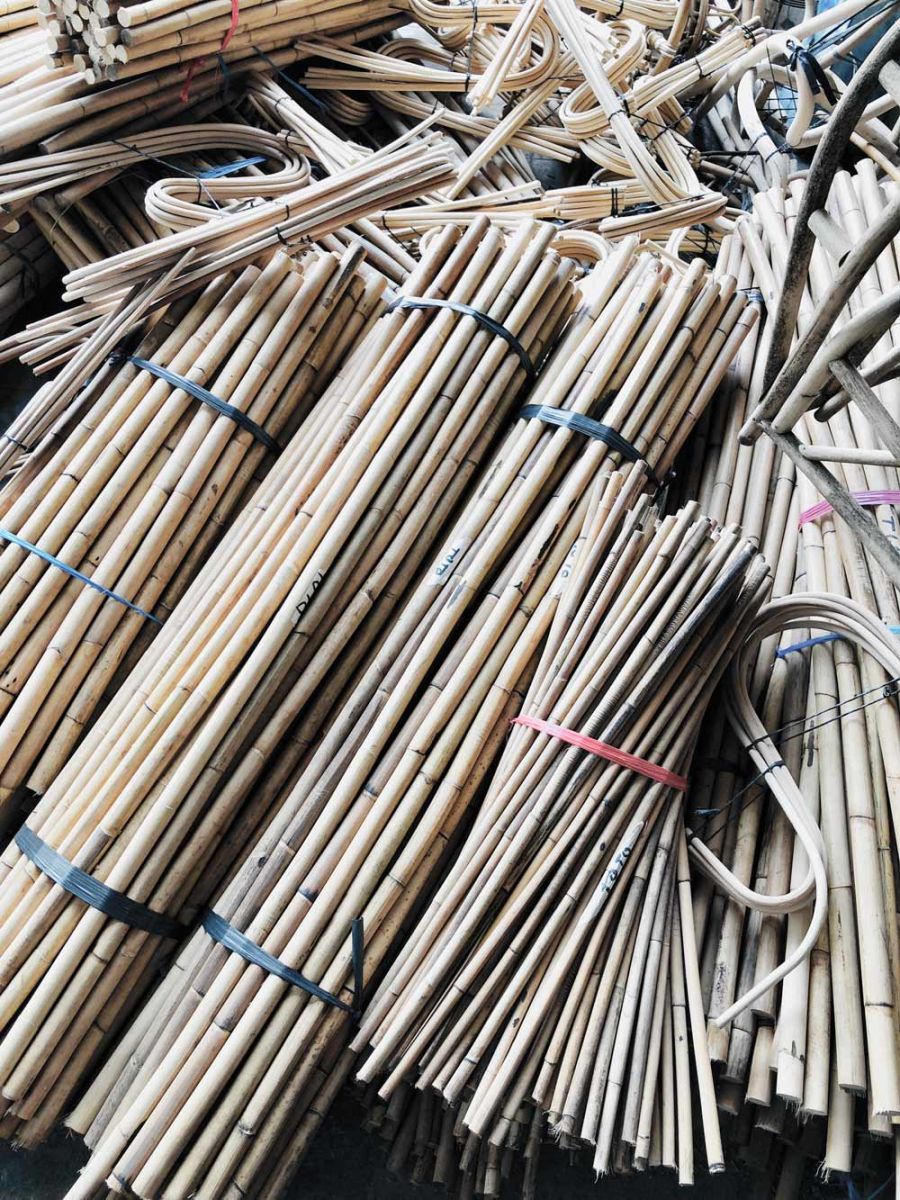
Rattan vines are harvested and the different diamater vines are used for different components of the furniture piece.
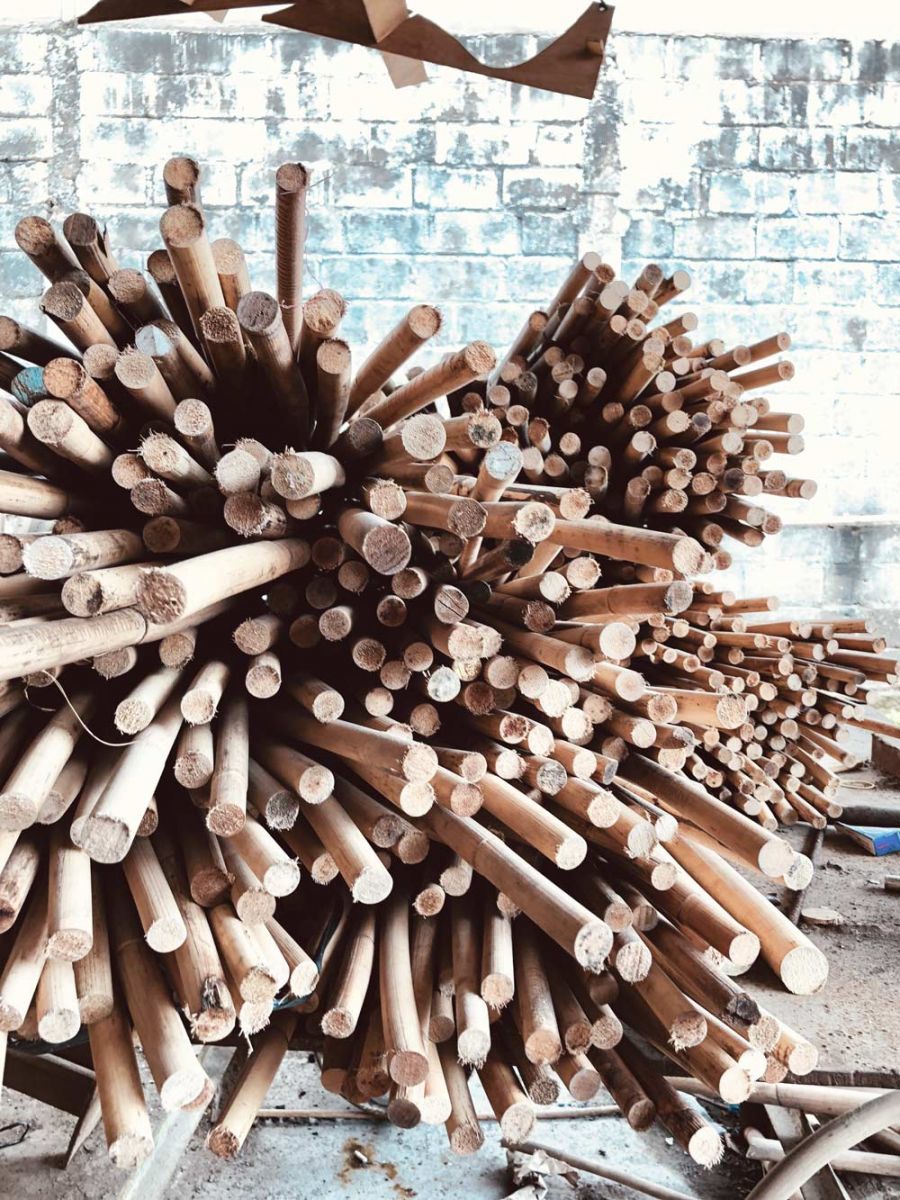
The Rattan skin can be stripped from the core and used for finer weaving or furniture, baskets and other homewares products.
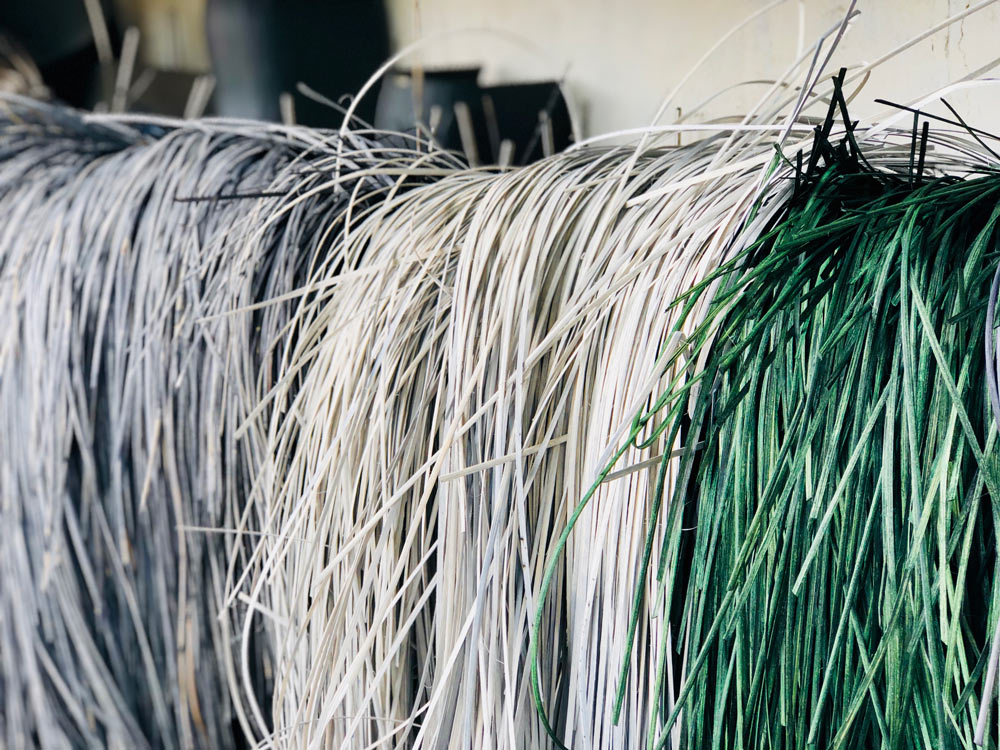
The rattan vines are heated using a steam oven. The vines then become soft and can be shaped to create specific parts of the furniture.
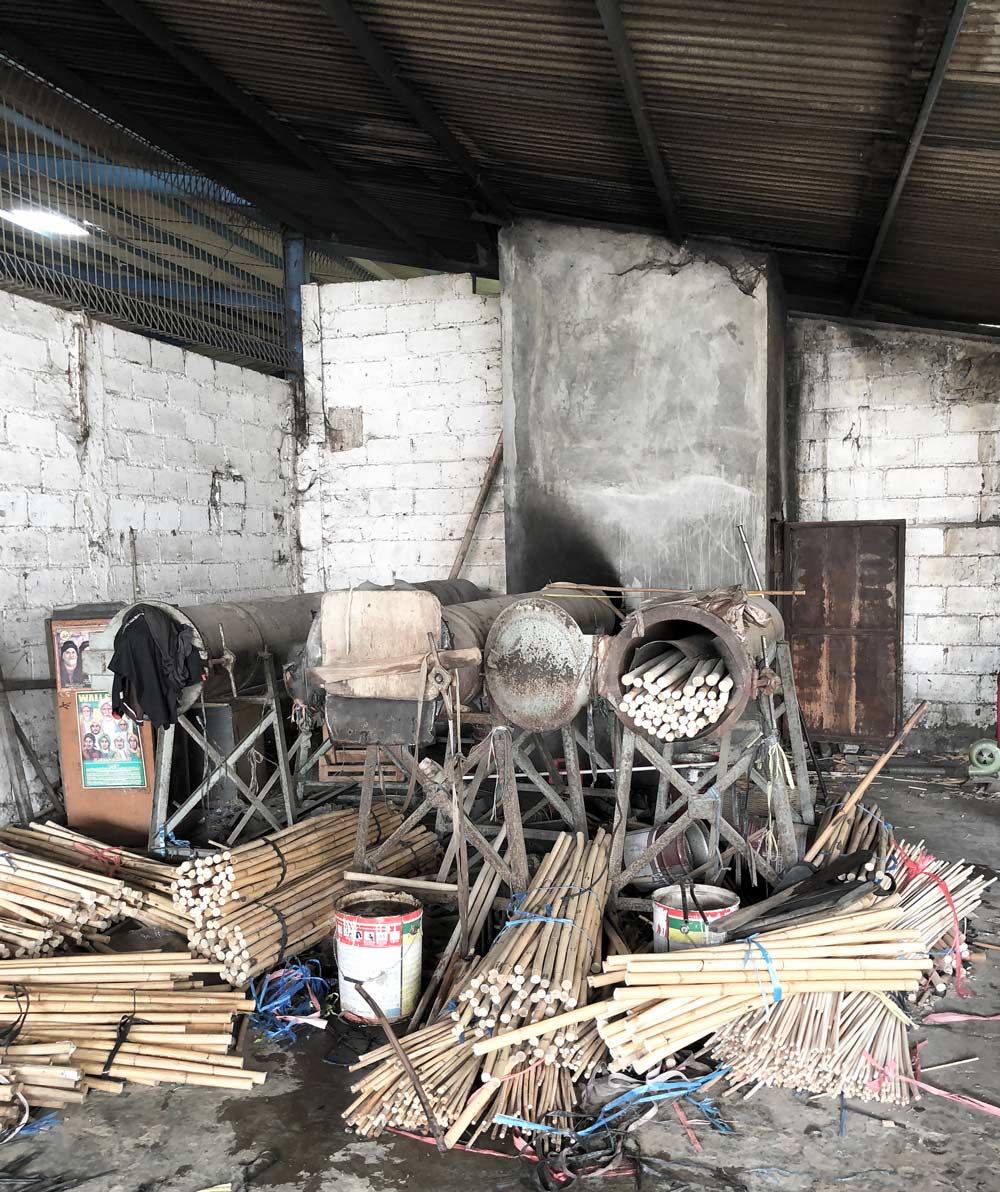
Rattan vines being shaped for use in dining chairs.
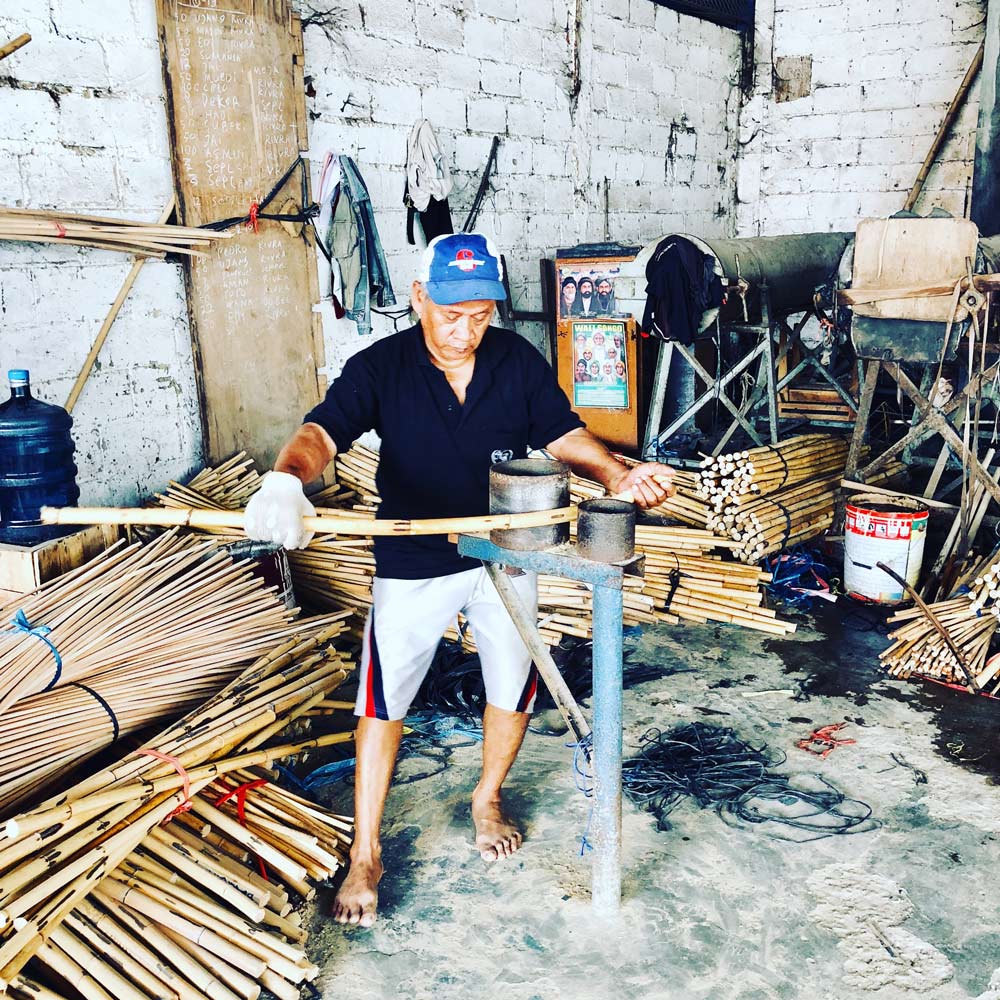
The shaped pieces are them assembled by hand to ultimately create a unique piece of furniture.
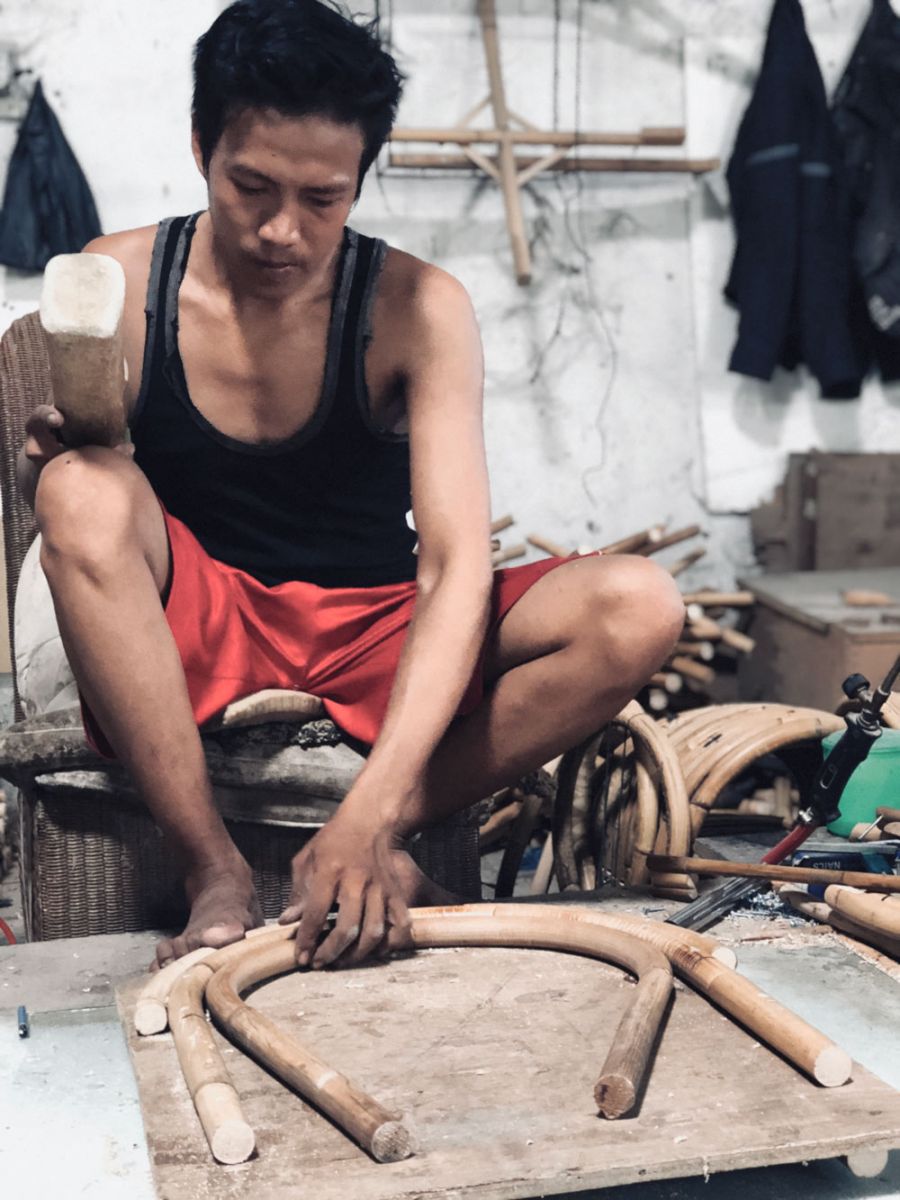
Satara supplies a large range of hi-quality rattan furniture and homewares . Here's a photo of Andrew the owner inspecting furniture in one of our factories.
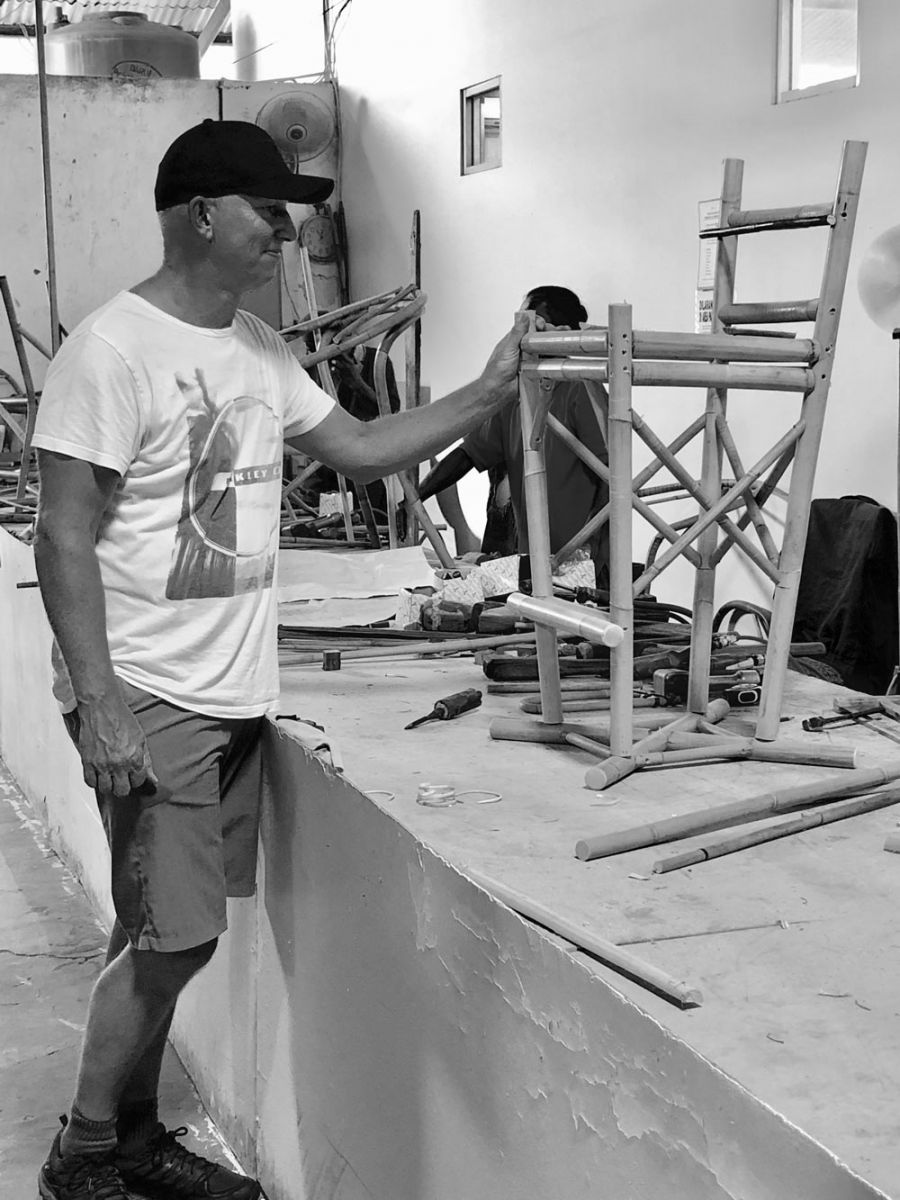
-w.jpg)
.jpg)
Welcome to our website. If you continue to browse and use this website, you are agreeing to comply with and be bound by the following terms and conditions of use, which together with our privacy policy govern Satara Australia Pty Ltd’s relationship with you in relation to this website. If you disagree with any part of these terms and conditions, please do not use our website.
The term ‘Satara Australia Pty Ltd’ or ‘us’ or ‘we’ refers to the owner of the website whose registered office is 13 Cochranes Road Moorabbin Vic 3189. Our ABN is 71 634 390 097 . The term ‘you’ refers to the user or viewer of our website.
The use of this website is subject to the following terms of use:
This privacy policy sets out how we uses and protects any information that you give us when you use this website.
We are committed to ensuring that your privacy is protected. Should we ask you to provide certain information by which you can be identified when using this website, then you can be assured that it will only be used in accordance with this privacy statement.
We may change this policy from time to time by updating this page. You should check this page from time to time to ensure that you are happy with any changes.
We may collect the following information:
We require this information to understand your needs and provide you with a better service, and in particular for the following reasons:
We are committed to ensuring that your information is secure. In order to prevent unauthorised access or disclosure, we have put in place suitable physical, electronic and managerial procedures to safeguard and secure the information we collect online.
A cookie is a small file which asks permission to be placed on your computer's hard drive. Once you agree, the file is added and the cookie helps analyse web traffic or lets you know when you visit a particular site. Cookies allow web applications to respond to you as an individual. The web application can tailor its operations to your needs, likes and dislikes by gathering and remembering information about your preferences.
We use traffic log cookies to identify which pages are being used. This helps us analyse data about webpage traffic and improve our website in order to tailor it to customer needs. We only use this information for statistical analysis purposes and then the data is removed from the system.
Overall, cookies help us provide you with a better website by enabling us to monitor which pages you find useful and which you do not. A cookie in no way gives us access to your computer or any information about you, other than the data you choose to share with us.
You can choose to accept or decline cookies. Most web browsers automatically accept cookies, but you can usually modify your browser setting to decline cookies if you prefer. This may prevent you from taking full advantage of the website.
Our website may contain links to other websites of interest. However, once you have used these links to leave our site, you should note that we do not have any control over that other website. Therefore, we cannot be responsible for the protection and privacy of any information which you provide whilst visiting such sites and such sites are not governed by this privacy statement. You should exercise caution and look at the privacy statement applicable to the website in question.
You may choose to restrict the collection or use of your personal information in the following ways:
We will not sell, distribute or lease your personal information to third parties unless we have your permission or are required by law to do so. We may use your personal information to send you promotional information about third parties which we think you may find interesting if you tell us that you wish this to happen.
If you believe that any information we are holding on you is incorrect or incomplete, please write to or email us as soon as possible at the above address. We will promptly correct any information found to be incorrect.
